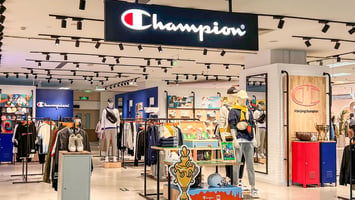We’ve all been there: sales begin to slump, momentum slows, and someone inevitably suggests, “Why...
Slow and Steady Doesn't Always Win the Race: The Quirky Quandaries of Slow Business Growth
The Curious Case of the Crawling Company
We're constantly bombarded with tales of meteoric rises and overnight successes in the business world. But what about the companies that choose the slow lane? The ones that seem to be perpetually in second gear? While the hustle culture often glorifies rapid expansion, a more deliberate pace reveals a peculiar set of pros and cons. Let's pull back the curtain and see what's going on.
The "Pros": Pondering and Perfecting (Maybe Too Much?)
One supposed advantage of slow growth is the luxury of indecision... wait, no, that's a con. Scratch that. One real advantage is the opportunity for thoughtful decision-making. When you're not scrambling to keep up with hyper-growth, you have more time to analyze, research, and consider the long-term implications of your choices. This can lead to more robust strategies and fewer costly mistakes born out of haste.
Similarly, a slower pace allows for a more organic evolution of your brand direction. You have the space to experiment, gather customer feedback, and fine-tune your messaging without the pressure of immediate, large-scale implementation. This can result in a more authentic and resilient brand identity over time.
Finally, taking your time with hiring can (in theory) lead to putting the right team in place. You have more opportunities to assess candidates, understand their cultural fit, and build a strong foundation of talent.
The "Cons": When Slow Becomes Stagnant
However, the stroll down business lane isn't always a picnic. The extended period for decision-making can easily morph into analysis paralysis. Fear of making the wrong move can lead to prolonged indecision, causing missed opportunities and a general sense of inertia.
The drawn-out process of defining your brand direction can also become a liability. Constant questioning and tweaking without decisive action can lead to a muddled brand identity that confuses potential customers. While evolution is good, endless navel-gazing isn't.
And while taking your time with hiring can lead to a stellar team, it can also result in putting the wrong team in place... slowly. A lack of urgency might mean you settle for less-than-ideal candidates simply to fill a gap, or that key talent becomes impatient and seeks opportunities elsewhere. Plus, a small, slowly growing team can sometimes breed its own set of internal dynamics that aren't always conducive to rapid progress.
The Verdict? It's Complicated.
Ultimately, there's no one-size-fits-all answer to whether slow growth is a recipe for success or a path to oblivion. It depends heavily on the industry, the market, the leadership, and a healthy dose of luck. While the allure of explosive growth is undeniable, sometimes a more measured approach can lead to a more sustainable and thoughtfully built business. Just be careful not to get stuck in neutral.




